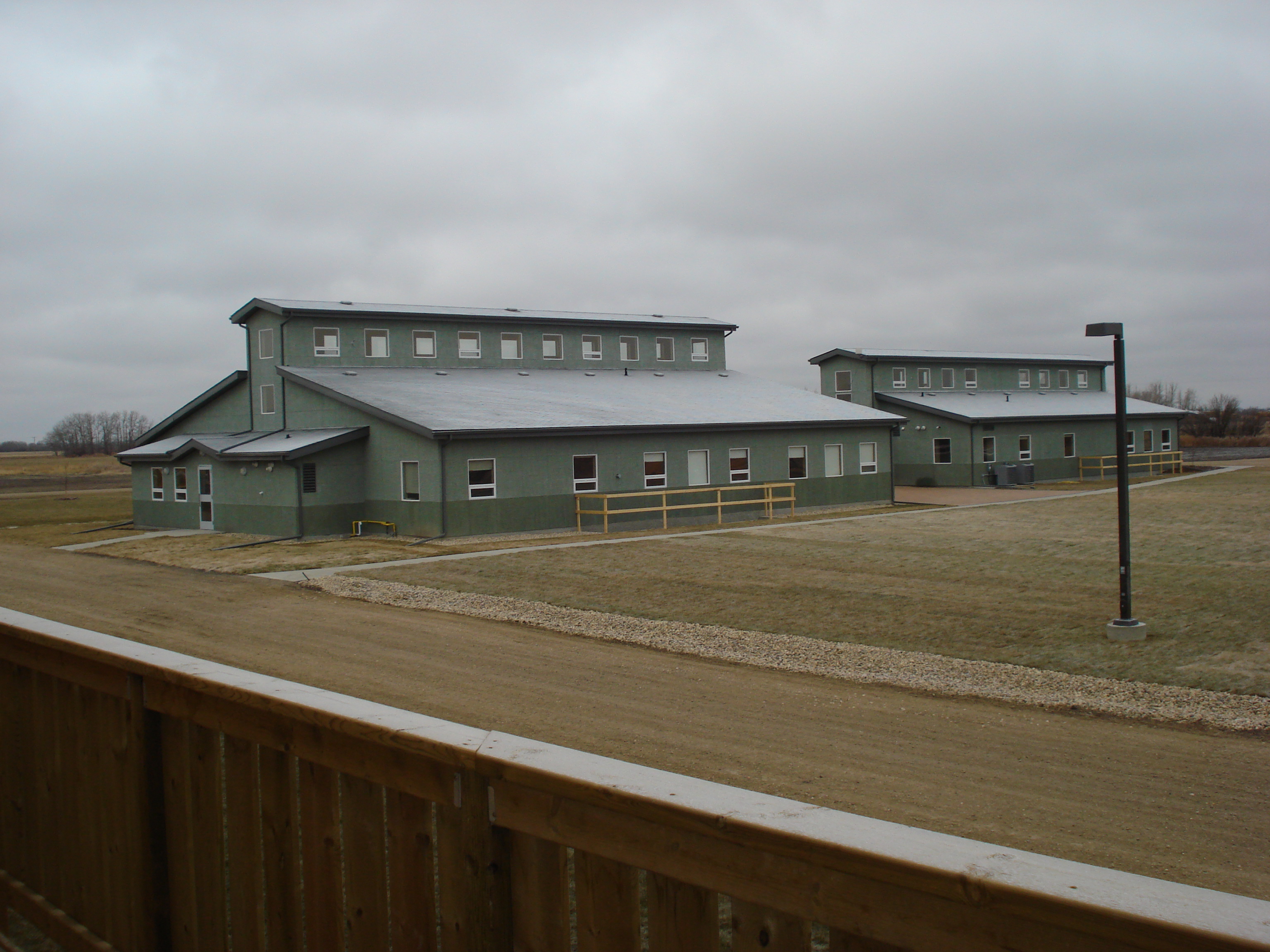Blog by former Ranch youth and employee Justin Waldrop
Size
My first experience with the Ranch Ehrlo Society was in 1988 when I arrived at the age of eight as a resident. There existed only the Pilot Butte Campus and a handful of group homes in Regina. I’d estimate that back then, there were about 100 youth, 200 staff, and there were maybe ten group homes, maximum.
Fast forward to 2011, and there are now two additional campuses to the Pilot Butte Campus: Corman Park (outside of Saskatoon) and Buckland Campus (outside of Prince Albert). There also exist group homes in the City of Prince Albert and the City of Regina. There are about 30 group homes now and the Ranch employs over 600 staff and serves over 250 youth.
Education
 Corman Park Administration Office and Ellen Gunn School
Corman Park Administration Office and Ellen Gunn School
In terms of education, all that existed was Schaller School – but not the fancy new school you see now. Rather, it was more like a quancet. There were a few in-town classrooms but not nearly what we see today. Today, there are two Ranch-operated schools, one at Pilot Butte Campus and one at Corman Park Campus. There are 10 in-town classrooms in Regina, and four in Prince Albert. There exist numerous other facets to the Ranch Ehrlo educational program, which I will save for another time.
 Pilot Butte Campus - Schaller School (the new school)
Pilot Butte Campus - Schaller School (the new school)
Services
The Ranch has expanded it services and programs to meet the needs of its clients: youth, referring agencies, stakeholders, and the public. For the most part, I see this as extremely positive. However, a part of me is saddened by the fact the Ranch has had to grow and expand its residential treatment programming so much. Let me be clear: I do not have any slight against Ranch Ehrlo, but I do view Ranch Ehrlo’s growth with bitter sweetness. This is because the Ranch’s growth and expansion (residential treatment programming) means that there are more and more troubled youth out there in need of help and this trend continues.
However, seriousness aside, if the Ranch did not exist then that would present a far greater tragedy for those troubled youth who require its specialized treatment services. Therefore, we forge on, growing and expanding our services so that we may offer only the best treatment to at-risk youth.
I think everyone can look forward to more innovations and growth from the Ranch Ehrlo Society in the years to come. I invite each one of you along on our journey of growth and exploration as we help improve the lives of youth and advocate for their rights in the world.


